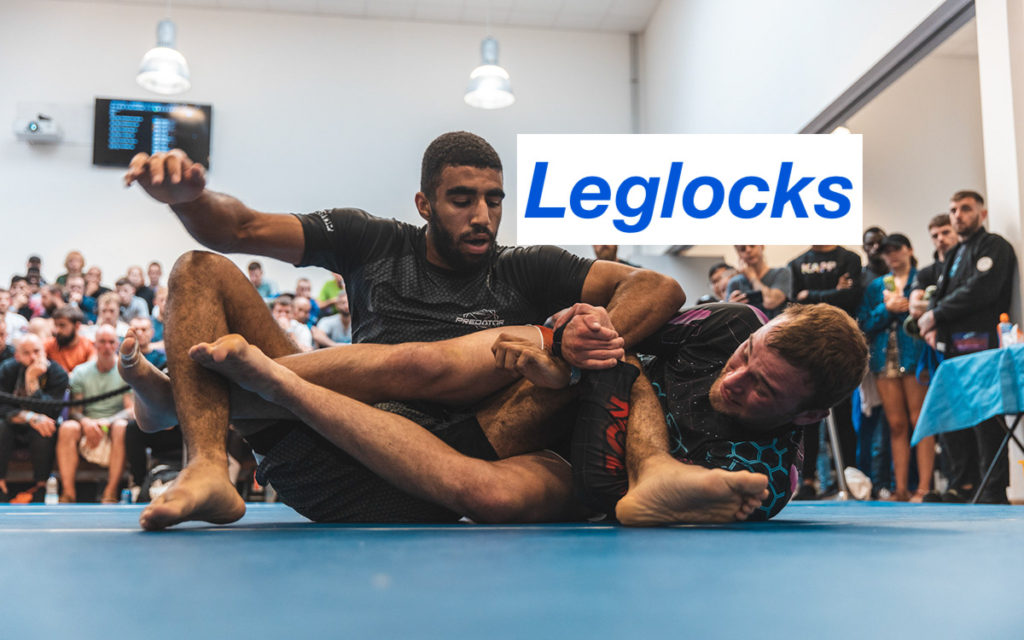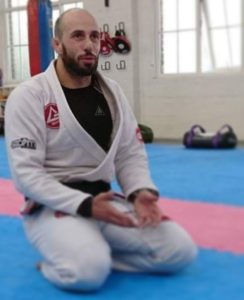
Photo J H Tan
Now, some of you may feel enthused to think about this topic. Some may feel bored of the discussion. Some may feel they have no place in an individual’s training, or at least up until a certain point.
My own experience has been varied within exposure to leglocks. My training began at a MMA / submission-grappling academy, in the lovely land of Leicester. That meant footlocks, kneebars etc were part and parcel of the sessions (perhaps not from day 1, but I can certainly remember some exposure to them). A few years down the line, and life forcing a move back to London meant a change of club, and a switch to predominantly gi focused training. As a blue belt, this meant access to the leglock game was no longer so open, and my (limited) knowledge of them had to be put on hiatus. With progression through the belts came more exposure and focus again, but I feel I had been putting so much focus on my positioning / top control as my game that to add something back in, (that was a totally different part of the body to what I was used to looking to) made it very difficult to put it into my arsenal as it were.
Getting my black belt, starting to teach classes, seminars, and have students of my own, made me really look into my own development. I actively want to look at my flaws and where I need to develop most, and leglocks (along with takedowns) are right up there. So I have recently rekindled that focus to really study them in order to implement the techniques, and I think that is the main drawback of any lack of exposure. Leaving a student to develop too long down one path, and then introduce a completely new area can make it awkward to fit into an already developed gameplan. I completely understand the need for students to understand leverage etc, well enough in order to perform techniques safely and correctly. Leg positions can be very fiddly, however as long as the class environment is safe and well monitored, then any learning is bound to be beneficial.
I did quite a few competitions in my early days (good times) and had a couple of successful outings (great times) but the BJJ animal is a very different beast now to what she was then. She’ll probably change back and forth numerous times over the years to come, as there’s probably very few truly original techniques or positions anymore. Most of them have always been around in some form. As with any good activity, there’s always scope to evolve, methods to adapt, and “trends” to come and go. Ashi garame, worm guard, “New Yorker” amongst others are things that I have only really discovered and started to look at unpicking, and studying in detail over the last year or two. I have tried to expose myself to new sessions and classes, and welcome this idea of open study for my students and training partners too.
When I do get back on the tatami as a competitor, it is highly unlikely I’ll catch a rolling kneebar, but having that knowledge of the technique mechanics does make me a more well-rounded grappler. I think we all need to at least be thinking about every possible scenario, and potential limb to defend, on our martial arts journey, because why would you ignore 50% of the human body? 😉
Luke Spencer is a BJJ black belt under Eduardo Carriello, GB Oval, currently teaching put of Southend Combat Academy, and 1-2-1’s, guest instructor at Leicester Shootfighters. Likes dogs, anything Canadian, pina coladas and getting caught in the rain!

Luke Spencer
[amazon_link asins=’B07KYKVQQZ,0981504434,B00L3K1SWU’ template=’ProductCarousel’ store=’rollmodelsbjj-21′ marketplace=’UK’ link_id=’f7b6f205-cba2-4dfd-acaf-da40d4fbbdfb’]
